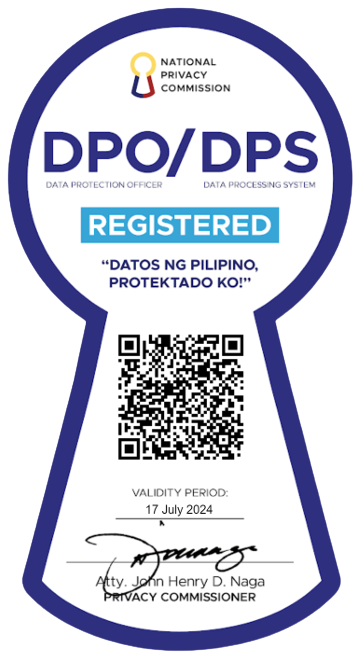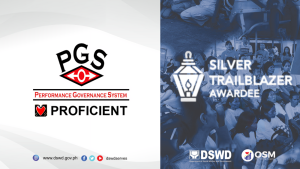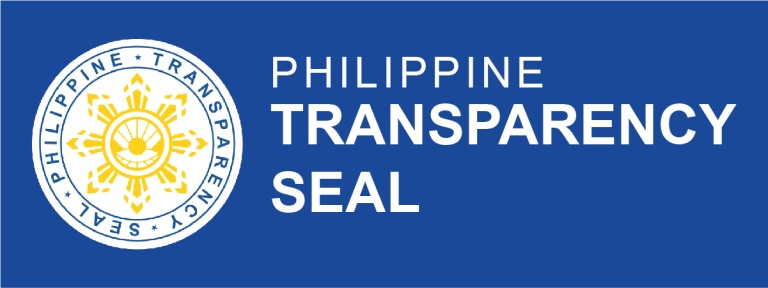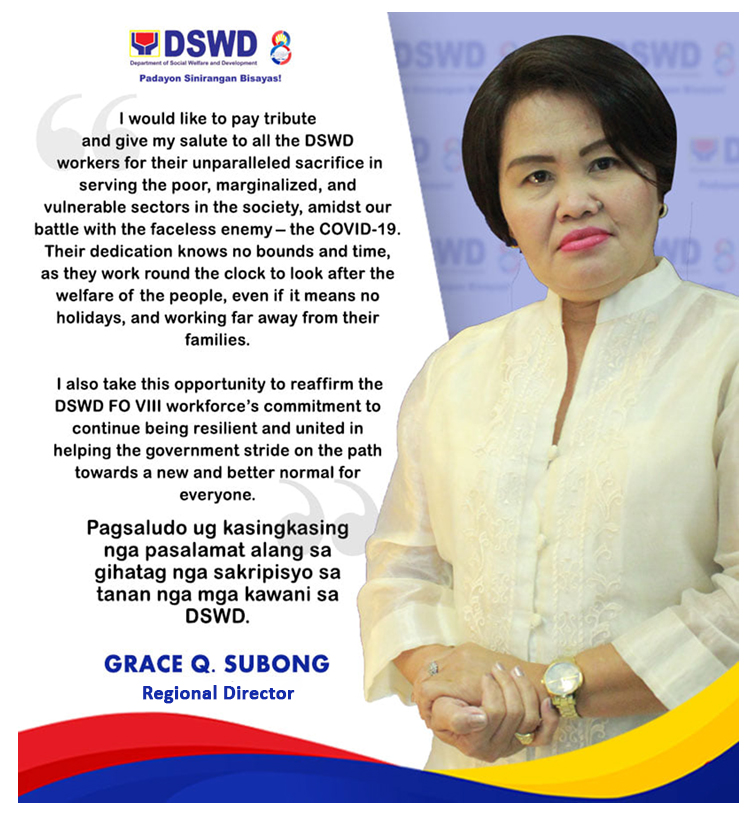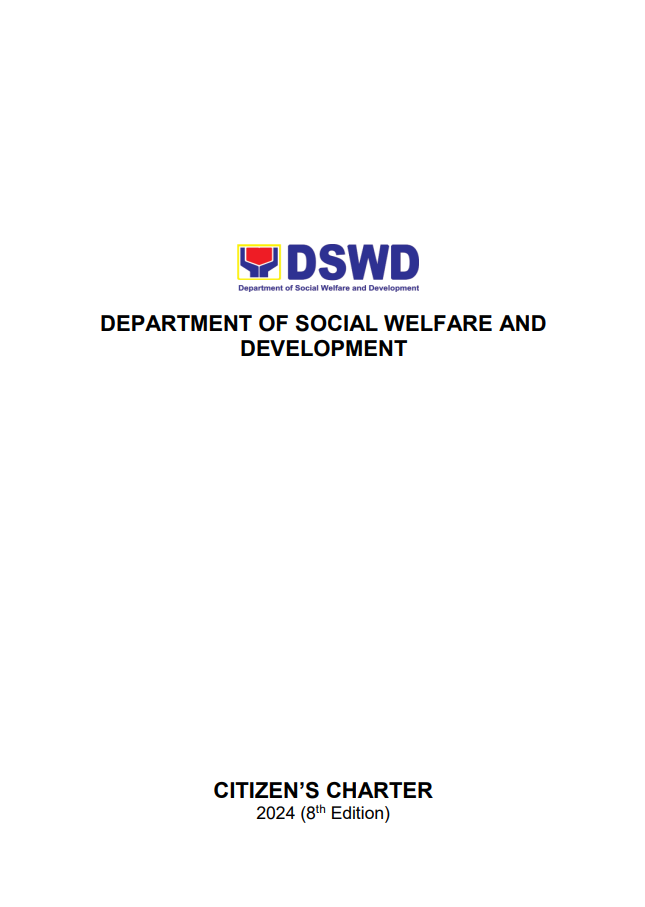
“DSWD’s leadership brings success to this project but it is more successful because of the people’s support”, said Mara Warwick, World Bank Country Director during her visit in Eastern Visayas.
The 3-day Implementation Support Mission and Mid-Term Review in Northen Samar province was conducted to assess the progress of the Kapit-Bisig Laban sa Kahirapan–Comprehensive and Integrated Delivery of Social Services (Kalahi-CIDSS) program implementation under the Department of Social Welfare and Development (DSWD), specifically with its various project components and program targets in the region.
The DSWD Kalahi-CIDSS lead by Usec. Malou Turalde-Jarabe, together with World Bank team headed by Warwick, visited Pambujan and the island municipality of Biri in Northern Samar on February 1-2, 2017.
Part of the activities were project site visit, interaction among community volunteers, and focus group discussion with the members of the Municipal and Barangay Local Government Units, and Municipal Inter-Agency Committee members.
In Pambujan, a total of 54 projects were funded wherein 40 were already completed under the program’s first cycle of implementation.
One project which was already turned over to the residents of Brgy. Poblacion1 is a Community Evacuation Center, with a Kalahi-CIDSS grant of 1.29 million pesos and a local counterpart contribution of 11, 250.00 from the Local Government Unit.
“Because of this Kalahi-CIDSS project, people of Pambujan became aware of disaster risk mitigation and environmental conservation and protection”, Mayor Felipe Sosing shared.
Meanwhile in Biri, 14 small-scale infrastructure projects worth 13.4 million pesos were already accomplished. Eleven of these projects were school buildings constructed and implemented by community volunteers who are also parents of the pupil-beneficiaries.
“In the past two years, our 2-classroom school building here in Palhugan Elementary School served as an evacuation center during the onslaught of Typhoons Nona in 2015, and Nina in 2016 for almost 200 individuals. Today these rooms are utilized as a computer room and instruction room for Grade-4 students”, Marivic Estavillo, the school principal disclosed.
Based from the World Bank’s assessment, Kalahi-CIDSS in the region was successful in scaling up the Empowerment Program across 134 municipalities through the National Community-Driven Development Program (NCDDP).
Said expansion of the program was operationalized within the Disaster Response framework as part of the Post-Yolanda recovery and rehabilitation initiative of the government.
As of January 2017, a total of 5, 095 community projects (combined Cycle 1 and 2) were completed by DSWD Kalahi-CIDSS under the NCDDP funding. These projects are already serving 738, 548 households from 3, 654 barangays in Eastern Visayas
The Mid-Term review team also noted the strong support from the LGUs, Barangay Council and the empowered community members in the program implementation which have helped in the effective and efficient accomplishment of quality infrastructure that are proven to be disaster-resilient.
“The story of Kalahi-CIDSS is the story of the people. The community is the strength of Kalahi-CIDSS”, Usec. Malou Turalde-Jarabe pointed out during her visit.
Kalahi-CIDSS is the Empowerment Program implemented by DSWD which uses the Community-Driven Development (CDD) approach that promotes and practice inclusive decision-making process, transparency, and improved local governance.



